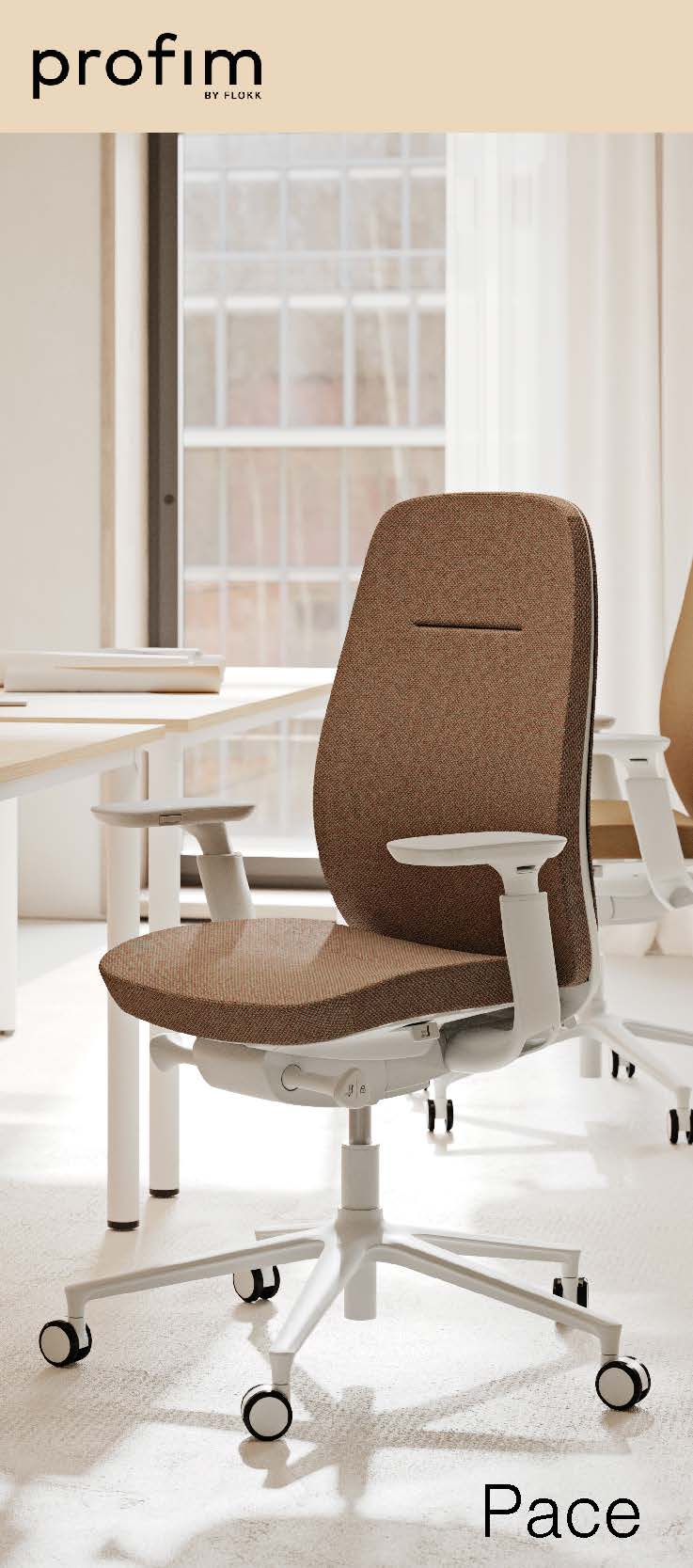Richard Rogers: Talking Buildings,
Sir John Soane’s Museum, London
18 June 2025
More information
What's Coworking?,
Online
23 July 2025
More information
WORKTECH Sydney - Explore the future of work and the workplace,
Sydney
31 July 2025
More information
WORKTECH Auckland - Explore the future of work and the workplace,
Auckland
05 August 2025
More information
Safe Spaces: Unlocking the Power of Psychological Safety Rebecca Greier Horton - MillerKnoll,
Online
13 August 2025
More information
Workplace design as a business enabler - Mansi Patel - The Power Hour,
Online
13 August 2025
More information
IFMA Global Africa - facility management conference,
Lagos
19 August 2025
More information
The Workplace Reset: Redefining Space for Relationships and Inclusion,
Minneapolis, MN
20 August 2025
More information
Featured
-

Regional inequalities in the quality of work continue to widen, new report claims
-

Lack of flexible working options drives a million people to swap jobs last year
-

People put a value on human connection, even when AI communicates in the same way
-

Cities must embrace the radical retrofit of buildings to meet future challenges
-

Office utilisation reaches equilibrium, and demands a rethink of workplace strategy
-

The new issue of Works magazine is available for you to read here
-

Small changes to AI LLMs could cut energy use by 90 percent, claims UNESCO report





April 17, 2016
How can commuting to your choice of office affect staff productivity? 0
by Darren Bilsborough • Comment, Facilities management, Flexible working, Property
With this discovery, the very first question that entered my head was; “how do transport options and office location affect staff productivity?” Fortunately, I was previously involved in research around this very issue, though with a particular bias associated with planning regimes and development outcomes comparing urban infill to development on the fringes. This research suggested a 6% productivity gain was available when people participated in active travel modes (defined as thirty minutes of walking or cycling per day). The main reason for this productivity improvement was due to a reduction in obesity and health risks for those undertaking “active” commuting. Active travel is of course enabled by making use of effective and efficient public transport systems, but what’s really interesting is that that workplace productivity improvements as little as 6-10 percent may be sufficient to completely offset office rental costs.
It is well documented that there are a variety of influences on staff productivity, from healthy environments to workplace culture and happiness, but the ability for staff to find time to think, relax and recover is often overlooked. Increasingly there are also multiple opportunities for staff to take advantage of the use of FREE Wi-Fi services on public transport systems. Whether this is to undertake additional work or catch-up on emails or perhaps even to take advantage of their commute to find some downtime. This could be achieved by making use of the multitude of recreational and entertainment apps that are now widely available on almost any smart phone, tablet or mobile computer.
A productive commute
A productive commute could be as simple as the ability to read a book, have a nap, get some incidental exercise through participating in active transport, or catch-up on emails and phone calls. All of which could in some way improve either personal or professional productivity.
My advice to all businesses that are thinking about their next office choice, is that the conversation around location needs to be a strategic one. Once you have determined a short list of options, you should then seriously consider the opportunities associated with increasing staff productivity via either “active”, “restful” or in some ways “gratifying” use of public transport. To do this, you will need to consider the following issues; –
So, forget about cars and non-essential car-parking, as this should only be required for “on the road” salespeople or pool cars. Concentrate instead on how you can encourage staff to participate in cycling, walking and public transport use. The result? Healthier, happier and more productive staff and the associated opportunities for these benefits to contribute to offsetting the costs of your office rent.
__________________________